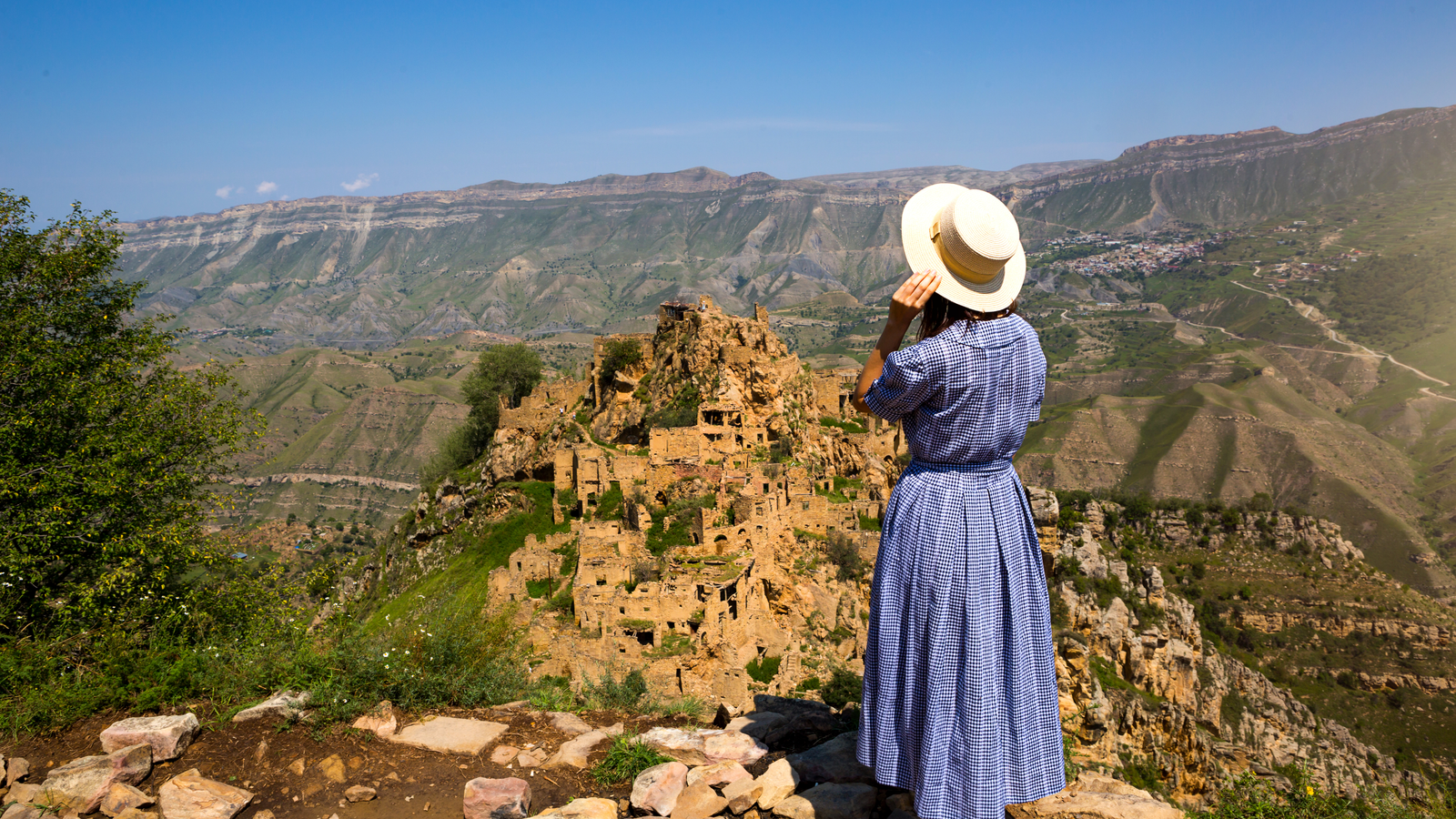Eritrean History & Heritage: From Ancient Kingdoms to Independence 🏛️🕊️

Eritrea, a nation nestled along the Red Sea coast in the Horn of Africa, boasts a rich and diverse history that spans millennia. From the grandeur of the ancient Kingdom of Aksum to its hard-fought struggle for independence, Eritrea’s heritage is a tapestry of resilience, culture, and identity. This article explores Eritrea’s fascinating past, its vibrant traditions, and the enduring spirit of its people.
🏺 The Ancient Kingdom of Aksum: Cradle of Eritrean Civilization
One of the most significant chapters in Eritrean history is its connection to the Kingdom of Aksum (also spelled Axum), a powerful empire that flourished between the 1st and 8th centuries AD. Stretching across present-day Eritrea and northern Ethiopia, Aksum was a major trading hub, known for its advanced architecture, coinage, and influence over the Red Sea trade routes.
📜 The Rise of Aksum
- Trade & Economy: Aksum thrived due to its strategic location along the Red Sea, trading gold, ivory, and spices with Rome, India, and Persia.
- Architecture & Engineering: The kingdom is famed for its towering obelisks (stelae), some reaching over 30 meters tall, symbolizing royal tombs.
- Religion & Culture: Aksum adopted Christianity in the 4th century under King Ezana, making it one of the earliest Christian civilizations.
🏛️ Aksum’s Legacy in Eritrea
Many Eritrean heritage sites, such as Adulis (an ancient port city) and Qohaito, bear witness to Aksum’s influence. These ruins reveal intricate stonework, temples, and early Christian churches, underscoring Eritrea’s deep historical roots.
⚔️ Colonial Struggles: From Ottoman Rule to Italian Eritrea
Eritrea’s strategic coastline made it a target for foreign powers. Its modern history is marked by colonial occupation, shaping its national identity.
🛡️ Ottoman & Egyptian Influence (16th–19th Century)
- The Ottomans briefly controlled the coastal city of Massawa in the 1500s.
- Later, Egypt took over in the 19th century before Italy’s invasion.
🇮🇹 Italian Colonization (1890–1941)
Italy formally established Colonia Eritrea in 1890, developing infrastructure like the Asmara-Massawa Railway and transforming Asmara into a modernist city (now a UNESCO World Heritage Site). However, colonial rule was oppressive, leading to resistance movements.
🇬🇧 British Administration & Federation with Ethiopia (1941–1961)
After Italy’s defeat in WWII, Britain administered Eritrea until the UN imposed a federation with Ethiopia in 1952. Ethiopia later annexed Eritrea in 1962, sparking a 30-year independence war.
✊ The Struggle for Independence: A Nation’s Resilience (1961–1991)
Eritrea’s fight for sovereignty is a defining chapter in its history. The Eritrean Liberation Front (ELF) and later the Eritrean People’s Liberation Front (EPLF) led a fierce guerrilla war against Ethiopian forces.
🔥 Key Moments in the Independence War
- 1961: The armed struggle begins with Hamid Idris Awate’s rebellion.
- 1970s–1980s: The EPLF gains strength, using the trenches of Nakfa as a stronghold.
- 1991: After decades of war, Eritrean forces liberated Asmara, leading to independence in 1993 via a UN-backed referendum (99.8% voted for independence).
🕊️ The Cost of Freedom
Over 65,000 Eritrean fighters and countless civilians died in the war. The resilience of Eritreans during this period remains a source of national pride.
🎭 Eritrean Cultural Traditions: A Living Heritage
Beyond its historical struggles, Eritrea is home to diverse ethnic groups, each with unique traditions.
👗 Traditional Clothing & Crafts
- Zuria/Habis: White cotton dresses with colorful embroidery, worn by women.
- Shida: Leather sandals, a staple in Eritrean attire.
- Basketry & Pottery: Handwoven baskets (Agelgil) and clay pots are central to daily life.
🎶 Music & Dance
- Guayla: A rhythmic dance performed at weddings and festivals.
- Traditional Instruments: The krar (lyre) and wata (fiddle) accompany folk songs.
🍲 Eritrean Cuisine: A Feast of Flavors
- Injera: A sourdough flatbread served with spicy stews (Zigni, Tsebhi).
- Coffee Ceremony (Bun): A cultural ritual symbolizing hospitality.
🏙️ Modern Eritrea: Preserving Heritage Amid Challenges
Since independence, Eritrea has focused on cultural preservation while facing political and economic hurdles.
🌍 UNESCO Recognition & Heritage Sites
- Asmara: A UNESCO-listed city with Italian Art Deco architecture.
- Dahlak Archipelago: Home to ancient Islamic ruins and coral reefs.
🛤️ The Future of Eritrea’s Heritage
Efforts to document oral histories, restore archaeological sites, and promote tourism aim to safeguard Eritrea’s legacy for future generations.
🔍 Conclusion: Eritrea’s Enduring Legacy
From the Kingdom of Aksum to its victorious independence struggle, Eritrea’s history is a testament to resilience and cultural richness. By celebrating its past, Eritrea continues to shape a future rooted in pride and identity.
📌 Key Takeaways
✔️ Aksum was a major ancient civilization influencing Eritrea.
✔️ Italian colonization left architectural wonders in Asmara.
✔️ The 30-year independence war (1961–1991) defined modern Eritrea.
✔️ Cultural traditions like music, dance, and cuisine remain vibrant.
Eritrea’s story is one of struggle, triumph, and heritage—a legacy that continues to inspire. 🇪🇷✨

